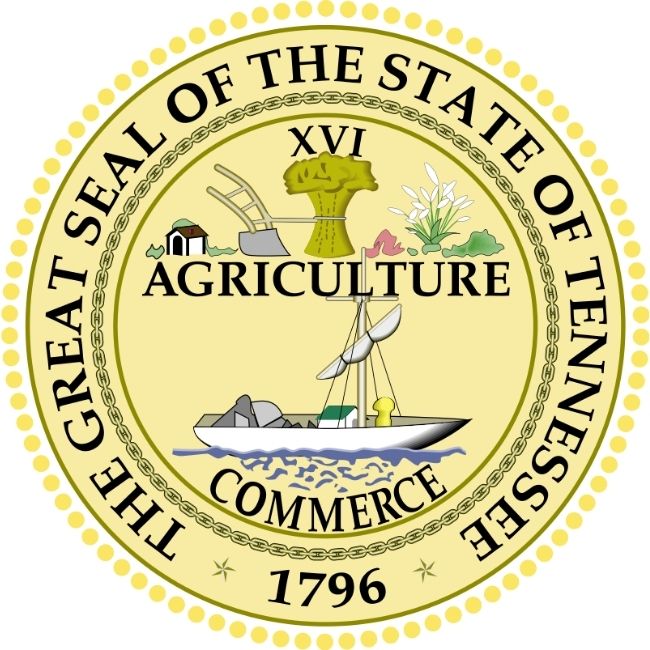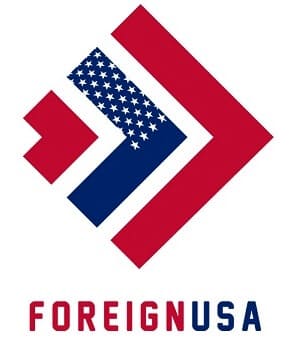Shortly after 1776, states like Tennessee began to adopt their own official state seals, mottos, nicknames, and much more, which have all been used to symbolize and represent the uniqueness of each U.S. state.
The famous Tennessee state seal displays the Roman numerals XVI, which signifies what number state Tennessee is in terms of its admission to the union (16th state). Tennessee entered the union in 1796.
What does the Tennessee State Seal represent?
The plow, sheaf of wheat, and cotton stalk symbolize the state’s rich agricultural roots, and the riverboat represents the historical (and even to this day) importance of river traffic to commerce within the state. The state’s official motto also makes an appearance, and in fact, originates from the state seal itself, “Agriculture and Commerce”.

Tennessee as a state is undoubtibly one of, if not the most agriculturally diverse states within the entire nation. This is most likely due to the state’s rich soil, brilliant climate, and good amount of rainfall per year (6th rainiest state in the nation).
State seals are a fantastic way of taking a glance into the history of each state, and what were perhaps the most significant economic contributers several hundred years ago. The Volunteer State is certainly no different!


